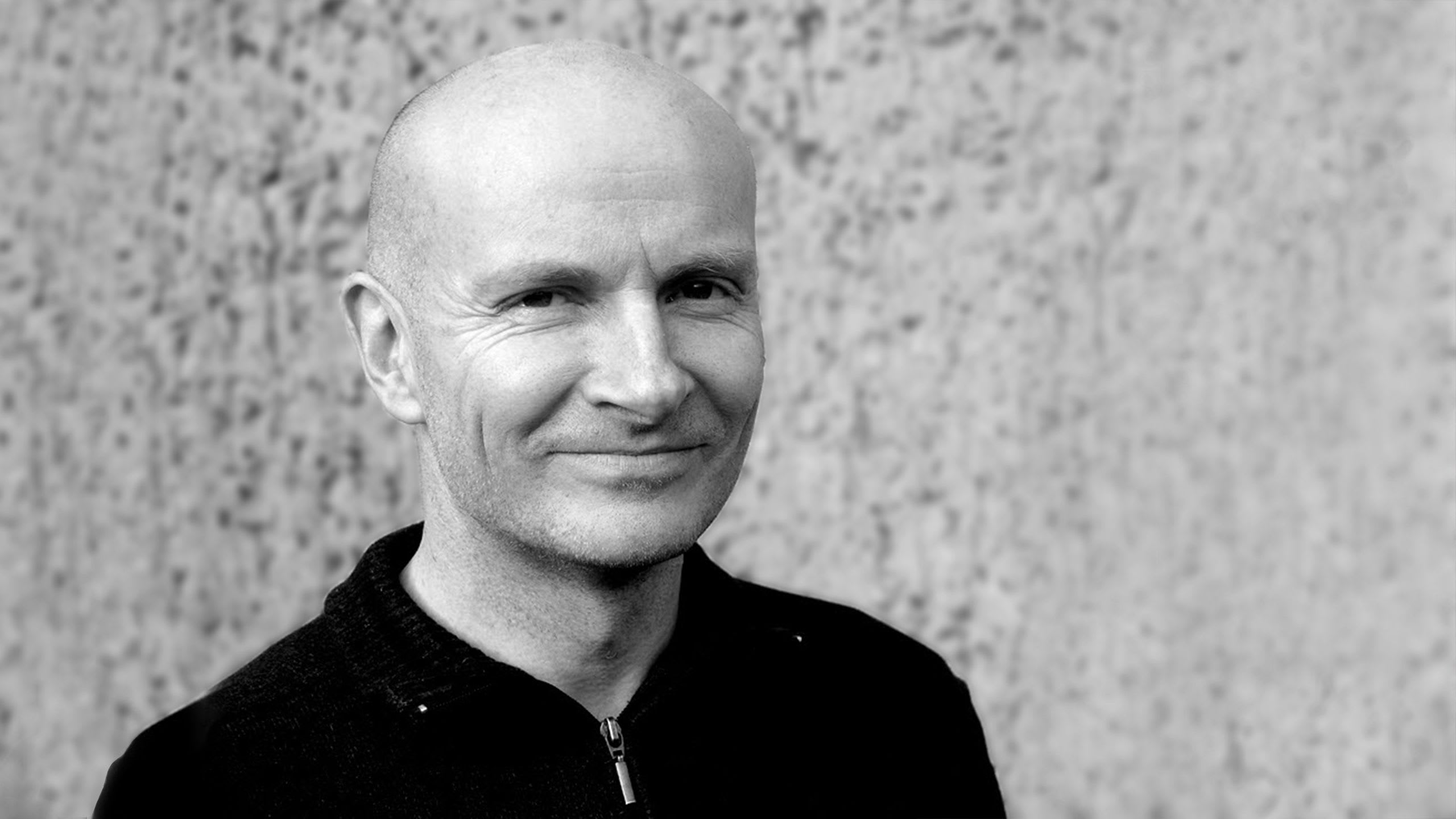Loren Bednar is a generative artist who likes to explore colors and feelings, and experiment with new ways to blend the two together. I had a chance to catch up with Loren and learn more about his background and approach to art ahead of the release of his project, phase.
Jeff Davis: Hi Loren! 👋 How did you first get into making art?
Loren Bednar: I’ve always had an appreciation for art and design, but I don’t have a traditional art background. Instead, I’ve always experimented with what I can make with new technologies. As a teenager, I used LOGO to create spirals and other geometric patterns. Later, I discovered Flash and math-based design and created my first generative art pieces.

JD: Oh man, LOGO! I remember tinkering around with that as a kid to do Spirograph kind of stuff. Tell me a little more about your early experiments with Flash.
LB: In 2006, I was using Flash for a job. I started creating patterns to look like abstractions of wheat grass, origami, and feathers … My wife was working at a museum at the time, and we pondered how digital arts could be displayed and sold. For my birthday that year, she had some of my work printed on transparencies and set in clear glass frames—so when it hung, the light shined through and projected onto the wall behind it. We were just kind of playing around with ideas for fun.
Soon after, my job had a project involving Joshua Davis’ work. It shocked and inspired me that the math art I had been playing with was being used by real artists, but I never really attempted to step into that space. I’ve been creating my own work independently for the last fifteen years, posting some sprite sheets for free and designing the art for a game, but often not sharing my art with anyone outside of my family.

JD: I take it that this changed with your discovery of crypto art and NFTs?
LB: I didn’t even realize there was a crypto art world going on in parallel to me! Around January 2021, I was just looking at some generative art subreddits and resources, generally curious of the state of things, and saw people making jokes about digital art selling as an NFT. I started to dig around and found Art Blocks. That basically catalyzed everything for me: I immediately applied, set up an OpenSea collection, and went to work. It’s been an incredible time!
JD: How do you think your creative practice has evolved over time?
LB: I think I’ve been enjoying the broken things more now than when I started. There’s something fascinating in encountering some unexpected malfunction and forming it into something new and complete.

JD: I can see that in your work, sort of leaning into the bugs and making them features. Alright, let’s talk about Art Blocks! You’ve been an amazing presence in our Discord and had your first factory project, Traversals, a couple of months ago. Your second project, phase,was selected for Curated release. Talk to me about the inspiration behind your project.
LB: I’ve been fascinated by interference patterns and colliding math functions since I first started playing with generative art. My experiments with them had just been static image outputs so I wanted to try and build out a project that could display them in a more dynamic way. I had been playing with some ideas and sharing on Twitter where the compression just destroyed things, but I found a certain beauty in that entropy and felt it was worth exploring further. phase is the result of those experiments, it has a bit of that compression and entropy sometimes and some beautiful color swirls at the same time.
JD: What would you like collectors to look for in your project as the series is revealed?
LB: It’s hard to say—there are so many possible outcomes. I don’t want to spoil any surprises, but there are some special palettes that relate to certain compression sizes. It’s a reference to an art style that inspired me in the past. Some pieces have nods to glitch art, some are smooth, some are bright and glowy. I think there’s a little something for everyone’s taste. It was really important to me that each piece stands alone within the series. I think it’s so cool that the same math can build such a large visual range.

JD: Anything else people should know to better understand your art?
LB: I don’t have a background in mathematics, so a lot of my work just comes from experimenting with ideas and adjusting things until they feel right. I think that gives the work maybe a more organic feel with a less textbook-oriented approach.
JD: And what’s the best way for people to follow your work?
LB: I’m pretty active on Twitter!



